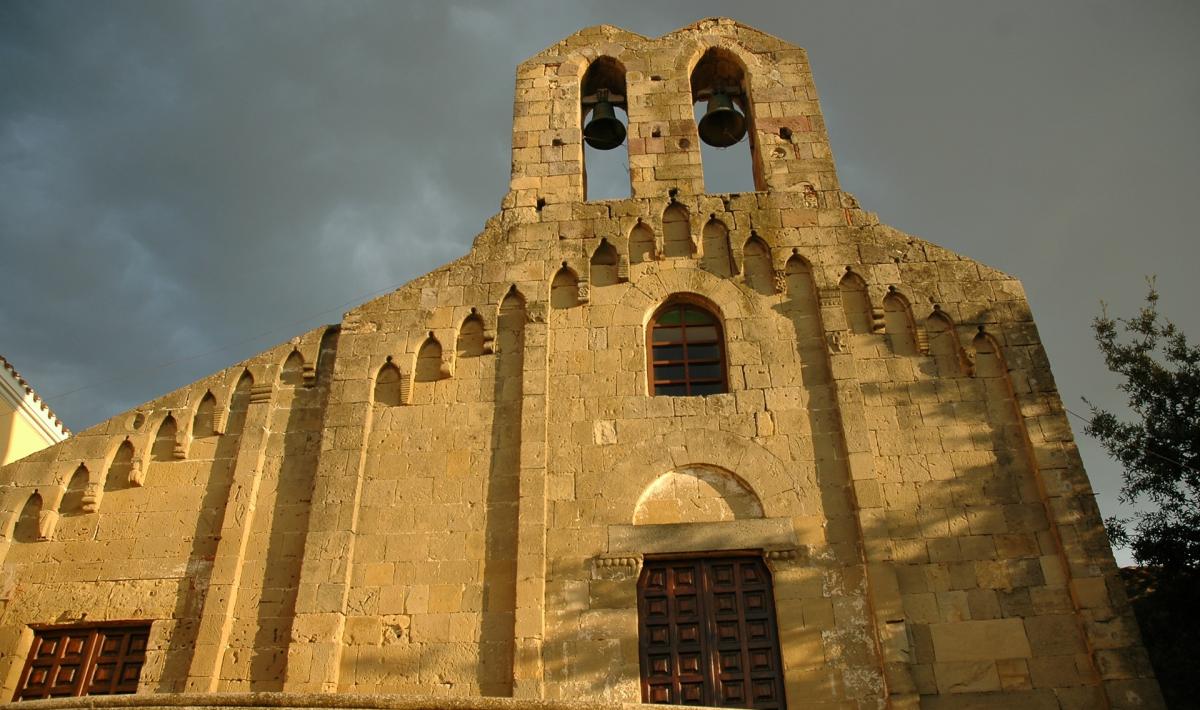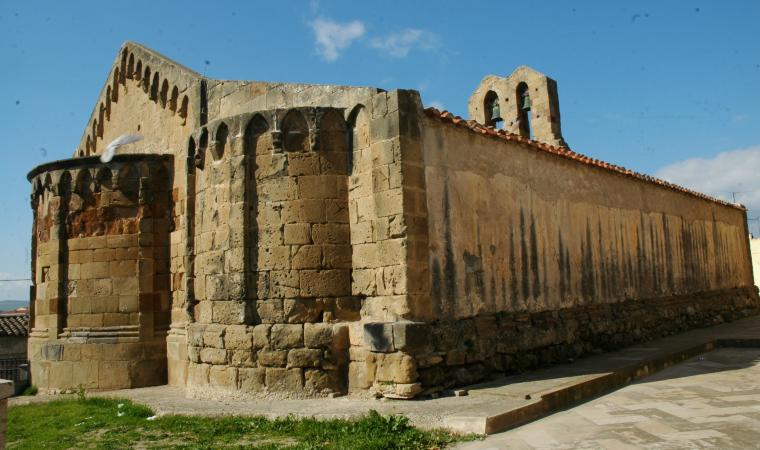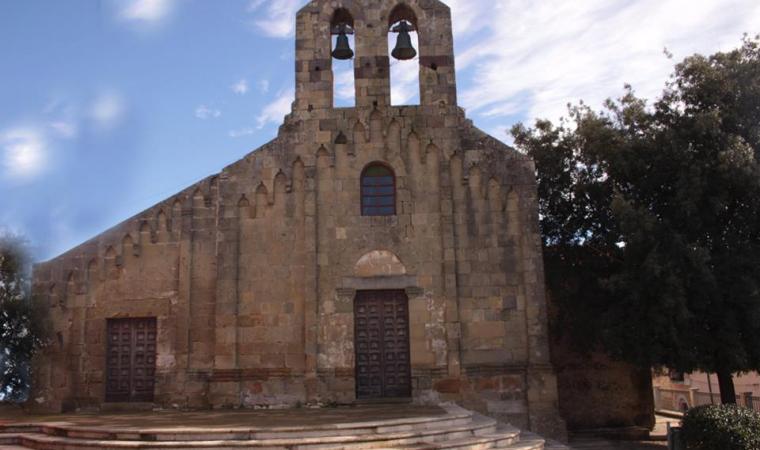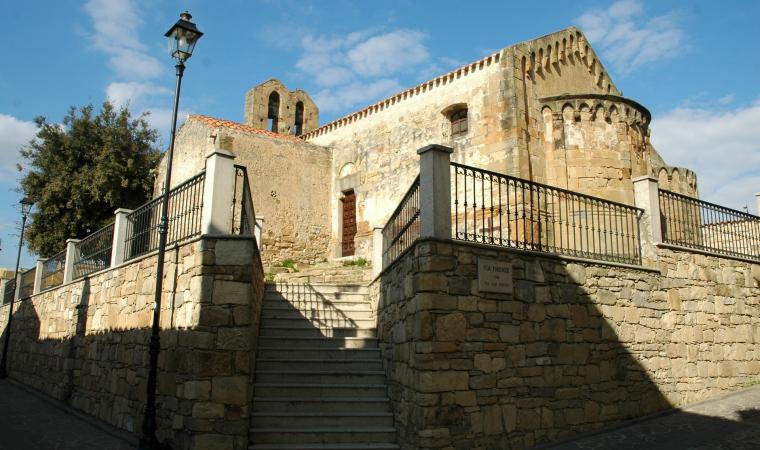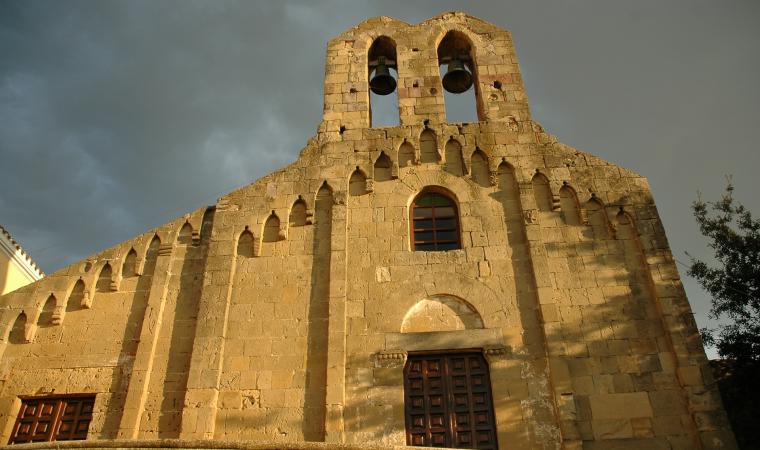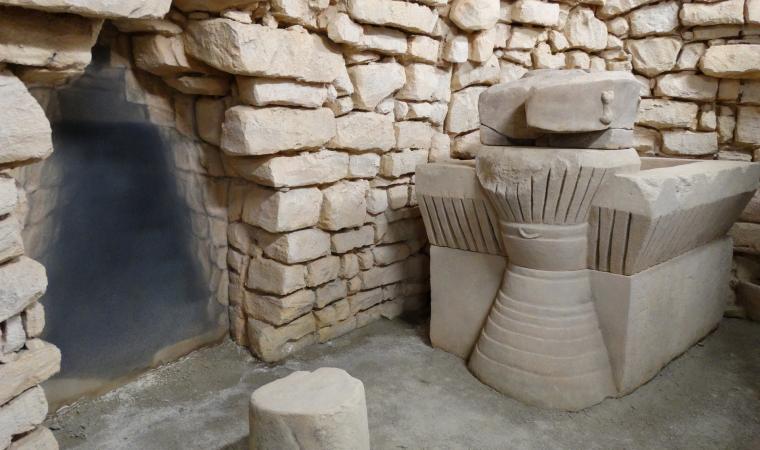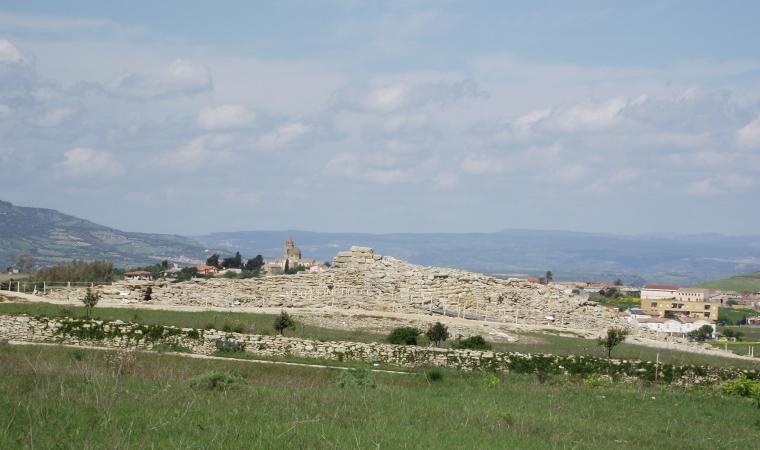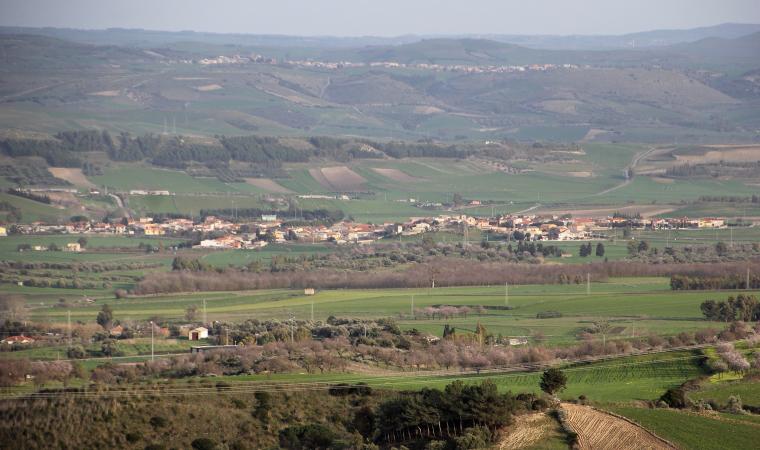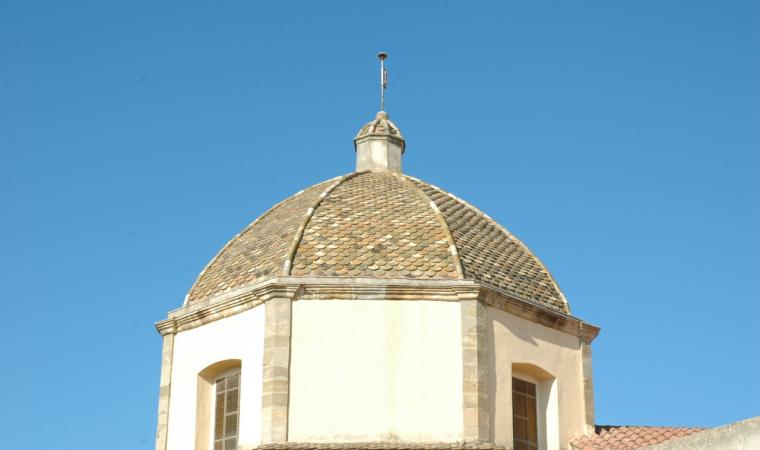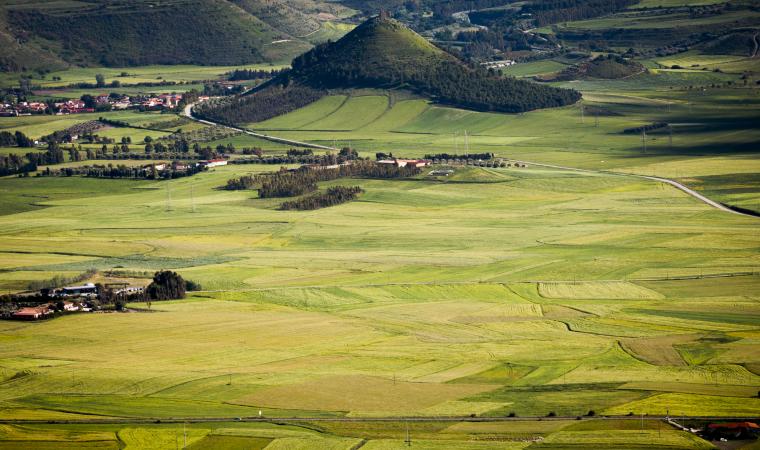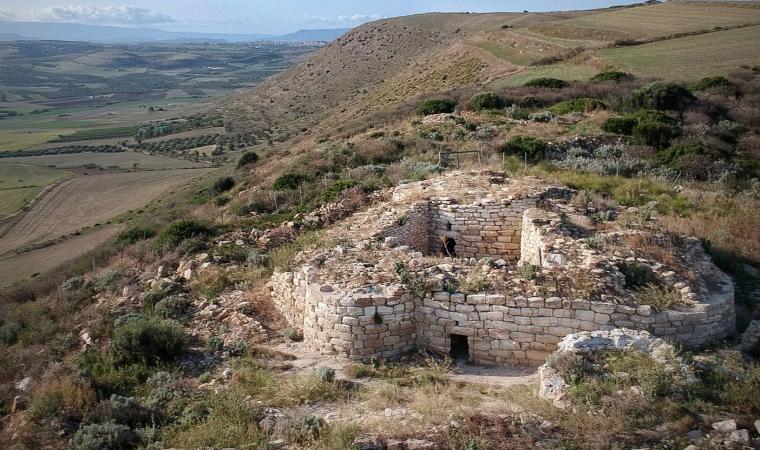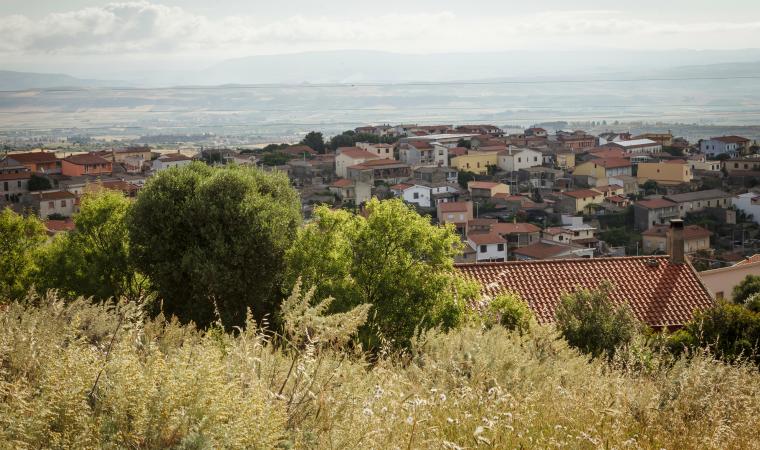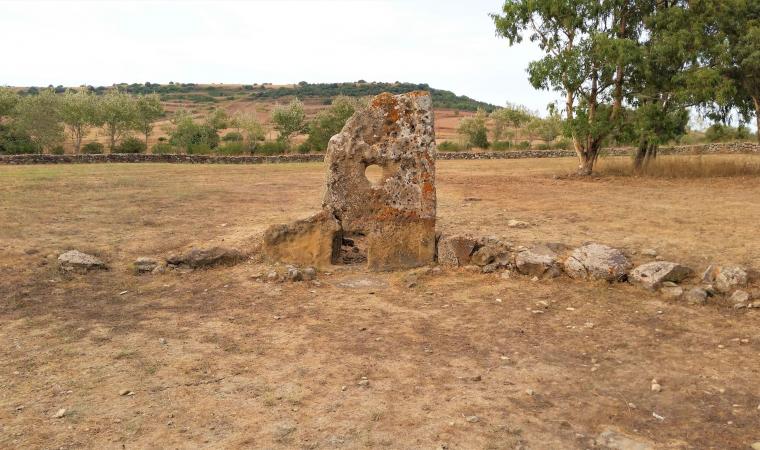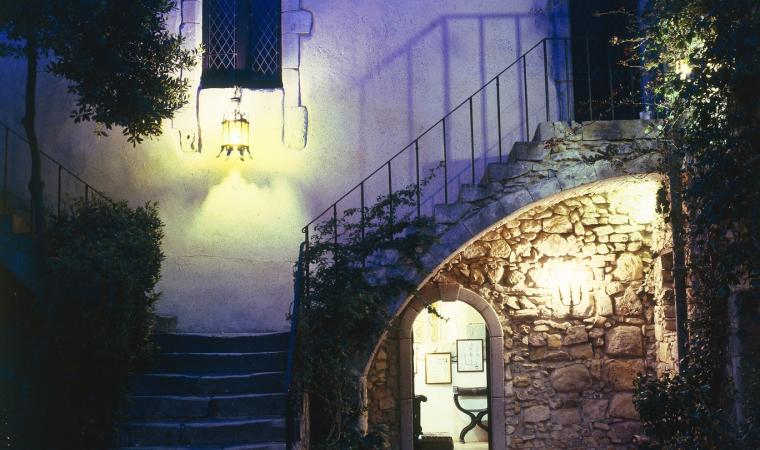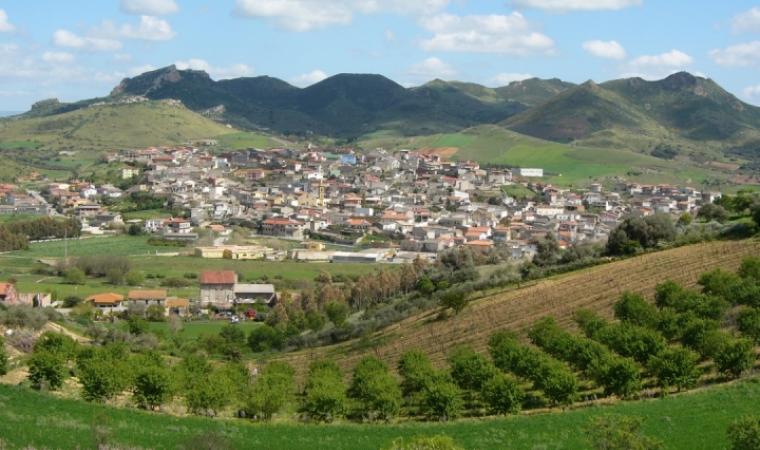Romanesque churches with two apses are a rarity in Sardinia and the Church of San Pietro is an exceptional case within this originality, perhaps because its double apse was not envisaged in the original building. The sanctuary is located in the historic centre of Villamar, on the edge of the Majorcan district, an area ‘colonised’ in the 14th century by grain traders from the Balearic Islands. There are no sources that attest to the construction phases, but it is thought that the church was built, with a single nave, in the second half of the 13th century. Later on, a decision was made to expand it to the north by adding a second smaller nave. Both naves end with an apse, but the second has a smaller diameter and is not as deep. It is possible that the work was carried out by different workers and that, when constructing the north nave and the double bell gable, the builders tried to imitate the style of their predecessors. Some decorative motifs, such as the pointed arches on the façade, bring to mind Arab influences, suggesting that masters from Spain worked on the construction site.

